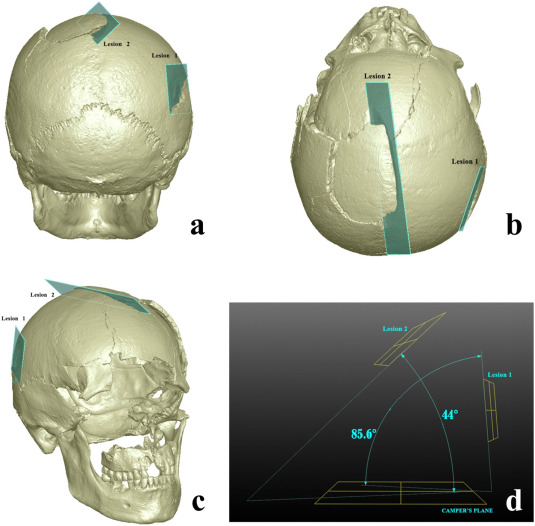Thermo Fisher Scientific › Electron Microscopy › Electron Microscopes › 3D Visualization, Analysis and EM Software › Use Case Gallery

Human skeletal remains from archaeological contexts occasionally present signs of traumatic injuries from weapons, revealing, for example, the degree of interpersonal violence, the type of weapon and the sequence of events of a specific historical context.
Traumatic lesions are generally analyzed using macroscopic and microscopic methods, which are not necessarily integrated in the same study. In this study, we employed a multi-analytical approach to determine if new, or more refined information could be gained compared to traditional analyses. Here, we describe and analyze interpersonal skeletal peri-mortem sharp-force trauma in remains recovered in 2009 during archaeological excavations of a cemetery in the 4th to 6th century AD the city of Modena (Italy). Evidence for sharp force trauma was observed in four of the 13 individuals recovered at site. The traumatic lesions were analyzed using an integrated multi-analytical approach that combines traditional macroscopic examination, light microscopy, and three-dimensional digital modeling. We aimed to determine the number, size, and the position of the lesions, and the direction (angles) of weapon penetration in the bone. In particular, we applied digital protocols for the orientation of the skeletal regions of interest involved in the trauma to provide useful results for future comparisons and investigations.
For Research Use Only. Not for use in diagnostic procedures.